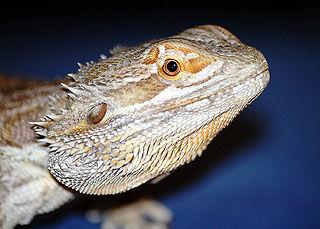What Do I Need To Know About Feeding A Bearded Dragon?
You might be thinking that the best pets are the furry kind. Nonetheless, there are people who find domesticating once wild animals challenging. This is the reason behind why you see proud pet owners praising quite unusual pets like crocodiles, boas, baby bears, primates, and now bearded dragons. Petting bearded dragons is now a craze. If you have any plan of owning one or two, it is best to know what bearded dragon food are required to keep them healthy and happy in captivity.
Bearded dragons, of the Genus Pogona and the species vitticeps, are becoming popular as domesticated pets. These lizards, once seen roving in the semi arid deserts of Australia, were observed to adapt well under domestic conditions. Their popularity as pets, even to young children, is attributed to their friendly stance, calm attitude and easy care they need. Aside from the other basic needs, pet owners should ensure that the appropriate bearded dragon food is given to ensure a successful domestication.
Since the bearded dragons are used to the Australian terrains like wooded or rocky deserts where food is scarce, they can survive with a variety of food. They are omnivorous that feed on both plants and numerous kinds of insects. Young bearded dragons need more protein to sustain healthy growth. It is a general rule to prevent them from eating insects longer than the width of the space between their eyes. It is recommended by many breeders to feed them a balanced diet composed of varied plants as bearded dragon food to provide for the essential nutrients needed for growth.

Take note, however, that there are certain plants that are advised not to feed your beardies particularly those that have oxalates and very high phosphorus levels. These substances can reduce calcium absorption. Calcium and vitamin D3 deficiencies are common among bred or cultured bearded dragons. Such deficiencies can cause stunted growth, breakable bones, deformities, seizures and even death. Healthy bearded dragon food plus nutrients and enough sunlight are important to keep them alive. If you have trouble finding the natural stuff, you could also search the market since there are foods that are commercially available.
Are you considering petting beardies? Go right ahead, just make sure that the right bearded dragon food is given to make them happy.
